Home>Furniture & Design>Bathroom Accessories>How To Remodel A Bathtub?
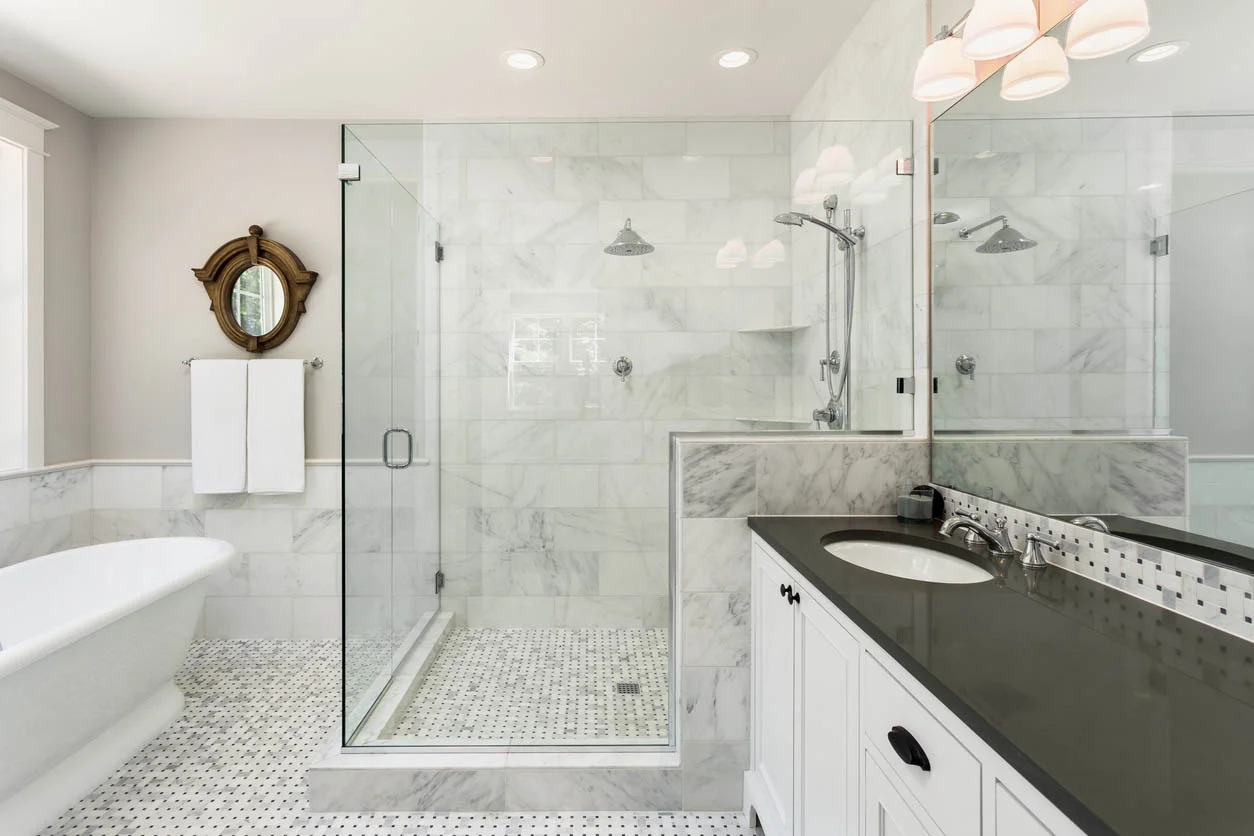

Bathroom Accessories
How To Remodel A Bathtub?
Modified: August 18, 2024
Learn how to remodel your bathtub with the best bathroom accessories. Find tips and ideas for a stunning bathroom transformation. Discover the latest trends and designs.
(Many of the links in this article redirect to a specific reviewed product. Your purchase of these products through affiliate links helps to generate commission for Storables.com, at no extra cost. Learn more)
Assessing the Current State of the Bathtub
Before embarking on a bathtub remodeling project, it's crucial to thoroughly assess the current state of the bathtub. This initial step sets the foundation for the entire remodeling process and ensures that the subsequent decisions are informed by the existing conditions. Here's a comprehensive guide to assessing the current state of the bathtub:
-
Structural Integrity: Begin by examining the structural integrity of the bathtub. Look for any signs of cracks, chips, or damage to the tub itself. Additionally, inspect the surrounding walls and flooring for any water damage or mold growth, as these issues can indicate underlying problems that need to be addressed.
-
Plumbing and Fixtures: Evaluate the condition of the plumbing and fixtures connected to the bathtub. Check for leaks, corrosion, or outdated fixtures that may need to be replaced during the remodeling process. It's essential to ensure that the plumbing is in good working order to prevent future issues once the remodeling is complete.
-
Aesthetic Appeal: Consider the aesthetic appeal of the current bathtub and its surroundings. Assess the condition of the tiles, grout, and caulking to determine if they need to be refreshed or replaced. Additionally, take note of any outdated design elements that you may want to update as part of the remodeling project.
-
Functionality and Safety: Evaluate the functionality and safety features of the bathtub. Check for any slippery surfaces, unstable flooring, or outdated safety features such as grab bars. Ensuring that the bathtub is both functional and safe is essential for creating a comfortable and secure bathing environment.
-
Space and Layout: Take measurements of the existing bathtub space to assess the available room for potential remodeling options. Consider the layout of the bathroom and how the current bathtub fits into the overall design. This assessment will help determine the feasibility of different remodeling ideas based on the available space.
By thoroughly assessing the current state of the bathtub, homeowners can gain a clear understanding of the scope of the remodeling project. This assessment serves as a crucial starting point for setting realistic goals, establishing a budget, and creating a well-informed design plan for the bathtub remodeling process.
Key Takeaways:
- Assess the current state of your bathtub by checking for damage, outdated fixtures, and safety concerns. This helps set realistic goals and create a well-informed design plan for your remodeling project.
- Carefully select high-quality, durable materials and fixtures for your bathtub remodeling. Consider eco-friendly options and stay mindful of your budget to ensure a successful and satisfying outcome.
Setting a Budget and Design Plan
Setting a budget and creating a comprehensive design plan are pivotal steps in the bathtub remodeling process. These initial stages lay the groundwork for a successful and well-executed project. Here's a detailed exploration of how to effectively set a budget and develop a design plan for remodeling a bathtub.
Establishing a Realistic Budget
The first step in setting a budget for a bathtub remodel is to determine the overall financial investment you are willing to make. Consider factors such as the extent of the remodeling, the quality of materials and fixtures desired, and any additional expenses for professional labor or unforeseen complications. It's essential to be realistic about the budget and allocate funds for both the expected costs and potential contingencies.
Researching the current market prices for materials and labor can provide valuable insights into the average costs associated with bathtub remodeling. Additionally, consulting with experienced contractors or seeking multiple quotes for the project can help in gaining a more accurate understanding of the financial requirements. By establishing a realistic budget, homeowners can avoid overspending and ensure that the remodeling project remains financially feasible.
Creating a Design Plan
Developing a design plan is an exciting and creative aspect of bathtub remodeling. Start by envisioning the desired aesthetic and functional changes for the bathtub area. Consider elements such as the style of the bathtub, the type of fixtures, the color scheme, and the overall ambiance of the space. It's important to align the design plan with the existing decor and layout of the bathroom to create a cohesive and harmonious environment.
Incorporating practical considerations into the design plan is crucial for achieving a balance between aesthetics and functionality. Evaluate the available space and explore layout options that optimize the usability of the bathtub area. Additionally, research the latest trends and innovative design ideas to inspire and inform the remodeling vision.
Collaborating with a professional designer or utilizing online resources can provide valuable guidance in creating a detailed design plan. Visual aids such as sketches, mood boards, or digital renderings can help in articulating the envisioned changes and ensuring that the design plan accurately reflects the desired outcome.
By setting a realistic budget and developing a comprehensive design plan, homeowners can approach the bathtub remodeling process with clarity and confidence. These foundational steps serve as a roadmap for making informed decisions, prioritizing key elements, and ultimately bringing the envisioned transformation to life.
Choosing the Right Materials and Fixtures
Selecting the appropriate materials and fixtures is a critical aspect of remodeling a bathtub, as it directly influences the overall quality, durability, and aesthetic appeal of the renovated space. Careful consideration and informed decision-making are essential when choosing the materials and fixtures that will bring the remodeling vision to fruition.
Quality and Durability
When selecting materials for the bathtub, prioritize quality and durability to ensure longevity and resilience. Opt for high-quality materials such as porcelain, acrylic, or enameled steel for the bathtub itself, as these materials offer durability and ease of maintenance. Similarly, for the surrounding walls and flooring, choose water-resistant and mold-resistant materials such as ceramic tiles, natural stone, or waterproof vinyl flooring. Investing in durable materials ensures that the renovated bathtub area withstands daily use and maintains its appeal for years to come.
Fixtures and Hardware
The fixtures and hardware chosen for the bathtub play a significant role in enhancing both the functionality and aesthetics of the space. When selecting fixtures such as faucets, showerheads, and handles, prioritize options that not only complement the overall design but also offer practical features such as water efficiency and ease of use. Opt for high-quality, corrosion-resistant fixtures to minimize maintenance and ensure long-term performance.
Aesthetic Appeal
The visual impact of the chosen materials and fixtures is a key consideration in the remodeling process. Coordinate the materials and fixtures to create a cohesive and visually appealing bathtub area. Consider the color palette, texture, and design elements to achieve a harmonious and inviting ambiance. Whether aiming for a modern, minimalist look or a timeless, classic style, the selection of materials and fixtures significantly contributes to the overall aesthetic appeal of the remodeled bathtub.
Eco-Friendly Options
Incorporating eco-friendly materials and fixtures into the remodeling project aligns with sustainable living practices and can contribute to long-term cost savings. Explore options such as low-flow faucets, water-saving showerheads, and environmentally friendly flooring materials to minimize water consumption and reduce the environmental impact of the remodeling project.
Budget Considerations
While prioritizing quality and aesthetics, it's essential to remain mindful of the budget when selecting materials and fixtures. Researching cost-effective yet durable options and comparing prices from different suppliers can help in making informed decisions that align with the established budget for the remodeling project.
By carefully selecting the right materials and fixtures, homeowners can elevate the functionality, durability, and visual appeal of the remodeled bathtub area. Thoughtful consideration of quality, aesthetics, sustainability, and budgetary constraints ensures that the chosen materials and fixtures align with the overall vision for the renovated space, resulting in a successful and satisfying remodeling outcome.
Hiring a Professional Contractor or DIY Remodeling
When it comes to remodeling a bathtub, one of the most crucial decisions homeowners face is whether to hire a professional contractor or embark on a do-it-yourself (DIY) remodeling project. Each approach has its own set of considerations, advantages, and potential challenges, and making an informed choice is essential for the success of the remodeling endeavor.
Professional Contractor
Hiring a professional contractor offers numerous benefits, particularly for homeowners seeking a seamless and expertly executed remodeling experience. Professional contractors bring a wealth of experience, specialized skills, and industry knowledge to the table, ensuring that the remodeling project is carried out with precision and efficiency. From initial planning and material procurement to the actual construction and installation, a reputable contractor can oversee every aspect of the remodeling process, alleviating the burden on the homeowner and delivering professional results.
Moreover, professional contractors often have established relationships with suppliers and access to high-quality materials and fixtures, which can translate into cost savings and superior product choices for the remodeling project. Their expertise in navigating building codes, obtaining necessary permits, and adhering to safety regulations also provides homeowners with peace of mind, knowing that the remodeling work is conducted in compliance with industry standards.
DIY Remodeling
On the other hand, opting for a DIY remodeling approach empowers homeowners to take a hands-on role in the renovation process, allowing for greater creative control and a more personalized touch. DIY remodeling can be a fulfilling and cost-effective option for those with a penchant for home improvement and a willingness to invest time and effort into the project. It offers the flexibility to work at one's own pace and make spontaneous design decisions, resulting in a truly customized outcome.
While DIY remodeling can be rewarding, it requires a significant investment of time, energy, and a willingness to acquire new skills. Homeowners considering this approach should carefully assess their own capabilities, the complexity of the remodeling tasks, and the availability of resources and tools. Additionally, thorough research and a clear understanding of the remodeling process are essential to ensure that the DIY approach yields satisfactory results without compromising safety or structural integrity.
Read more: How To Estimate Remodelling Job
Making the Decision
Ultimately, the decision to hire a professional contractor or pursue a DIY remodeling project hinges on a variety of factors, including budget, timeline, desired level of involvement, and the scope of the remodeling work. Homeowners are encouraged to weigh the pros and cons of each approach, seek advice from industry professionals, and realistically assess their own abilities and resources before making a well-informed decision that aligns with their remodeling goals.
By carefully considering the advantages and considerations associated with hiring a professional contractor or opting for a DIY remodeling approach, homeowners can embark on their bathtub remodeling journey with confidence and clarity, setting the stage for a successful and gratifying transformation of their bathing space.
Demolition and Removal of Old Bathtub
The demolition and removal of the old bathtub mark a pivotal phase in the remodeling process, signifying the transition from the existing to the envisioned. This stage requires careful planning, precision, and adherence to safety protocols to ensure a seamless and efficient removal of the old bathtub.
The initial step involves shutting off the water supply to the bathtub and disconnecting the plumbing fixtures. This includes turning off the main water valve and draining any remaining water from the pipes to facilitate the disconnection process. It is imperative to exercise caution and follow proper procedures to avoid potential water damage or plumbing mishaps during this phase.
Once the plumbing fixtures are safely disconnected, the focus shifts to the removal of the bathtub surround, tiles, and any additional fixtures or accessories attached to the existing bathtub. This step demands meticulous attention to detail to prevent damage to the surrounding walls, flooring, and adjacent structures. Careful use of appropriate tools, such as pry bars and utility knives, is essential to delicately remove the existing materials without causing unnecessary harm to the underlying surfaces.
Subsequently, the old bathtub itself is carefully extracted from its position, taking into account its size, weight, and the structural considerations of the surrounding area. This task often necessitates the assistance of additional personnel to ensure safe handling and maneuvering of the bulky fixture. Prioritizing safety measures, such as wearing protective gear and employing proper lifting techniques, is paramount to mitigate the risk of injuries during the removal process.
Once the old bathtub has been successfully removed, the focus shifts to the responsible disposal of the discarded materials. Proper waste management practices, including recycling or appropriate disposal at designated facilities, contribute to environmental sustainability and responsible project completion.
Throughout the demolition and removal process, homeowners should remain vigilant and attentive to any unforeseen challenges or underlying issues that may arise. It is advisable to anticipate potential complications and allocate sufficient time and resources to address them effectively, ensuring a smooth transition to the subsequent phases of the remodeling project.
By approaching the demolition and removal of the old bathtub with meticulous planning, attention to detail, and a commitment to safety and environmental responsibility, homeowners can lay the groundwork for a successful and transformative bathtub remodeling endeavor.
Installing New Bathtub and Surround
Installing a new bathtub and surround is a pivotal phase in the remodeling process, representing the tangible realization of the envisioned transformation. This stage demands precision, attention to detail, and adherence to industry best practices to ensure the successful integration of the new fixtures into the renovated space.
The first step in installing the new bathtub and surround involves meticulously preparing the designated area. This includes ensuring that the flooring and walls are structurally sound and level, as well as verifying that the plumbing connections align with the specifications of the new bathtub. Any necessary adjustments or repairs to the underlying infrastructure should be addressed before proceeding with the installation to guarantee a solid foundation for the new fixtures.
Once the preparation is complete, the new bathtub is carefully maneuvered into position, taking into account its dimensions and the spatial considerations of the surrounding area. It is essential to verify that the bathtub aligns with the existing plumbing connections and fits seamlessly within the designated space. Attention to detail during this phase is crucial to ensure a snug and secure fit, minimizing the risk of future issues related to misalignment or instability.
Following the placement of the new bathtub, the installation of the surround commences. Whether opting for tiled walls, a pre-fabricated surround, or a customized enclosure, meticulous attention to detail is essential to achieve a seamless and visually appealing integration with the bathtub. Proper waterproofing measures, precise measurements, and expert craftsmanship are fundamental to ensuring the durability and aesthetic appeal of the surround.
The final stages of the installation process involve connecting the plumbing fixtures, sealing the joints, and conducting thorough inspections to verify the integrity of the installation. Ensuring watertight seals, proper drainage, and secure connections is paramount to prevent potential leaks and structural damage in the future. Additionally, conducting a comprehensive inspection of the installed fixtures and surrounding areas guarantees that the new bathtub and surround meet the highest standards of quality and functionality.
By approaching the installation of the new bathtub and surround with meticulous attention to detail, expert craftsmanship, and a commitment to quality, homeowners can witness the tangible transformation of their bathing space. The successful integration of the new fixtures marks a significant milestone in the remodeling journey, bringing the envisioned design to life and setting the stage for a rejuvenated and inviting bathing environment.
Finishing Touches and Final Inspections
With the installation of the new bathtub and surround complete, attention turns to the crucial phase of adding the finishing touches and conducting comprehensive final inspections. This stage represents the culmination of the remodeling journey, where meticulous attention to detail and a commitment to quality are paramount in achieving a flawless and functional bathing space.
The finishing touches encompass a range of tasks aimed at refining the aesthetics and functionality of the remodeled bathtub area. This includes applying grout and sealant to the surrounding tiles, ensuring a seamless and water-resistant finish. Additionally, installing any remaining fixtures, such as shelves, towel racks, or decorative elements, contributes to the overall functionality and visual appeal of the space. Attention to detail in this phase is essential, as it sets the stage for a polished and inviting bathing environment.
Furthermore, the application of a fresh coat of paint or the refinement of existing wall finishes can elevate the overall ambiance of the bathroom, harmonizing with the new bathtub and surround to create a cohesive and visually appealing space. Careful consideration of color schemes, lighting, and decorative accents adds a personalized touch, infusing the remodeled area with warmth and character.
Following the implementation of the finishing touches, a series of final inspections are conducted to ensure that every aspect of the remodeling project meets the highest standards of quality and safety. This includes a thorough examination of the plumbing connections, fixtures, and seals to verify their integrity and functionality. Any necessary adjustments or refinements are addressed promptly to guarantee optimal performance and longevity.
Moreover, the structural integrity of the surrounding walls, flooring, and the newly installed fixtures is meticulously assessed to identify and rectify any potential issues that may compromise the durability and safety of the remodeled space. This comprehensive inspection process serves as a final safeguard, providing homeowners with the assurance that their investment in the bathtub remodeling project yields a superior and enduring result.
By meticulously attending to the finishing touches and conducting rigorous final inspections, homeowners can revel in the transformation of their bathing space, knowing that every detail has been meticulously addressed. The culmination of the remodeling journey brings to fruition a rejuvenated and inviting bathtub area, reflecting the harmonious integration of functionality, aesthetics, and quality craftsmanship.
Frequently Asked Questions about How To Remodel A Bathtub?
Was this page helpful?
At Storables.com, we guarantee accurate and reliable information. Our content, validated by Expert Board Contributors, is crafted following stringent Editorial Policies. We're committed to providing you with well-researched, expert-backed insights for all your informational needs.
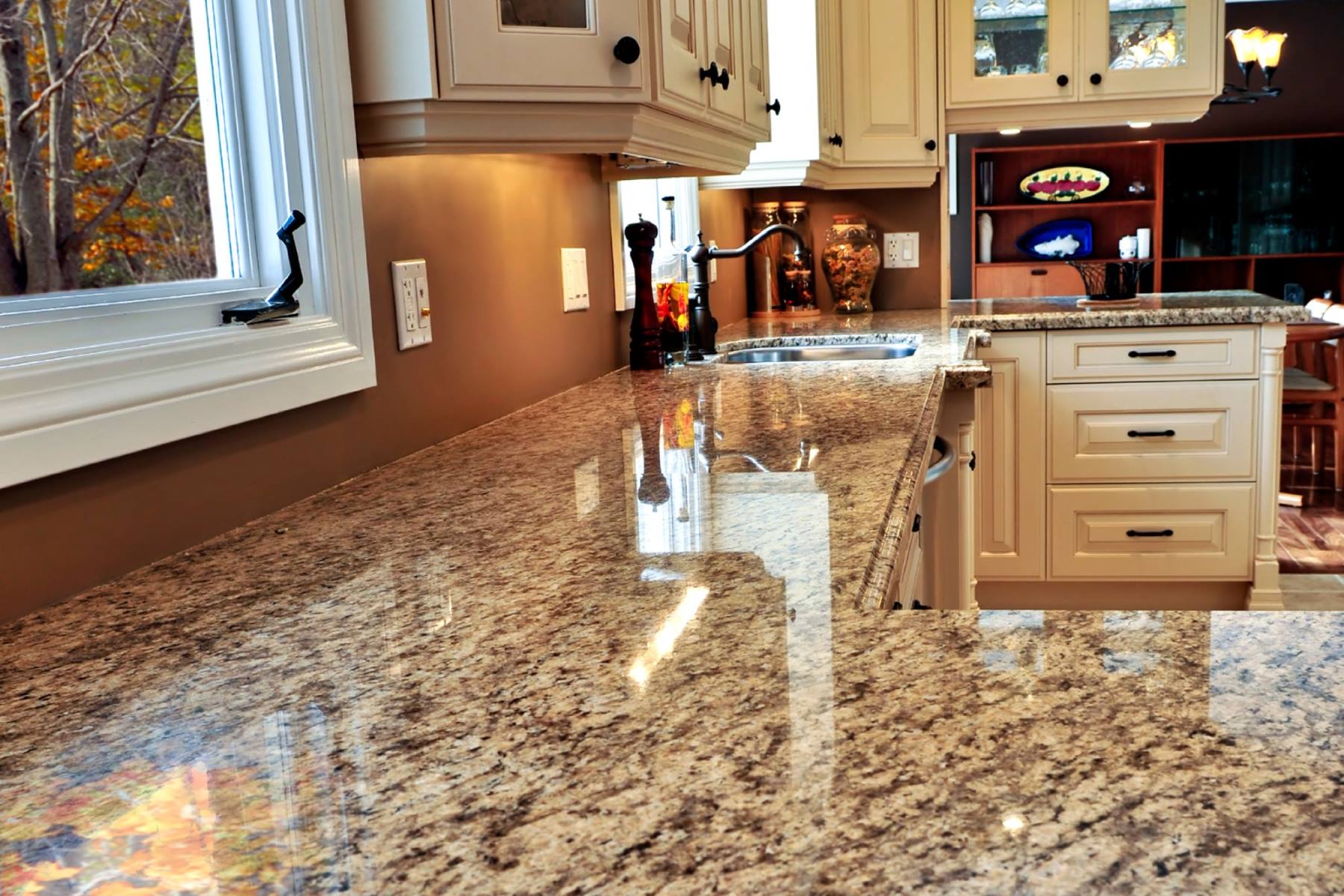
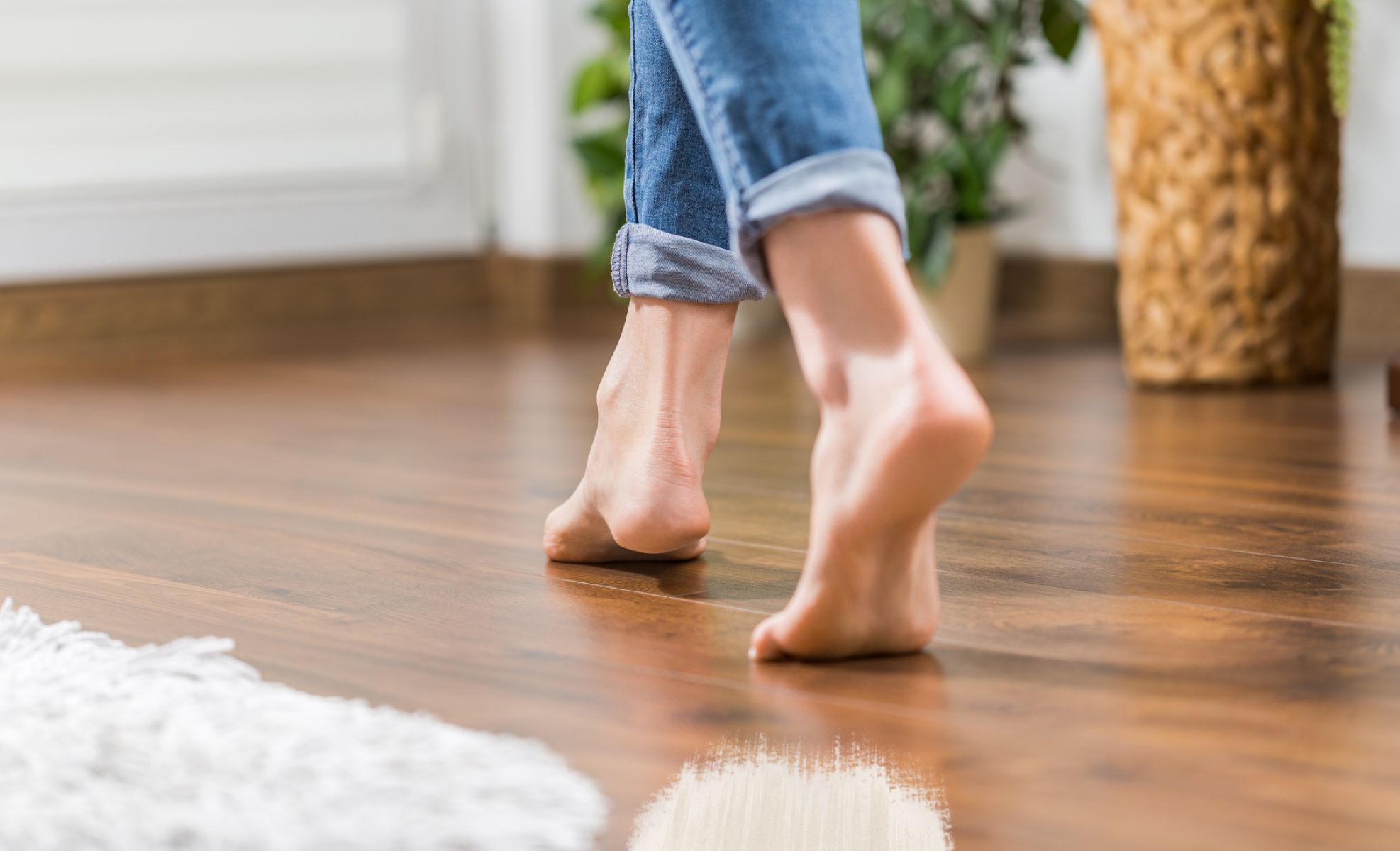
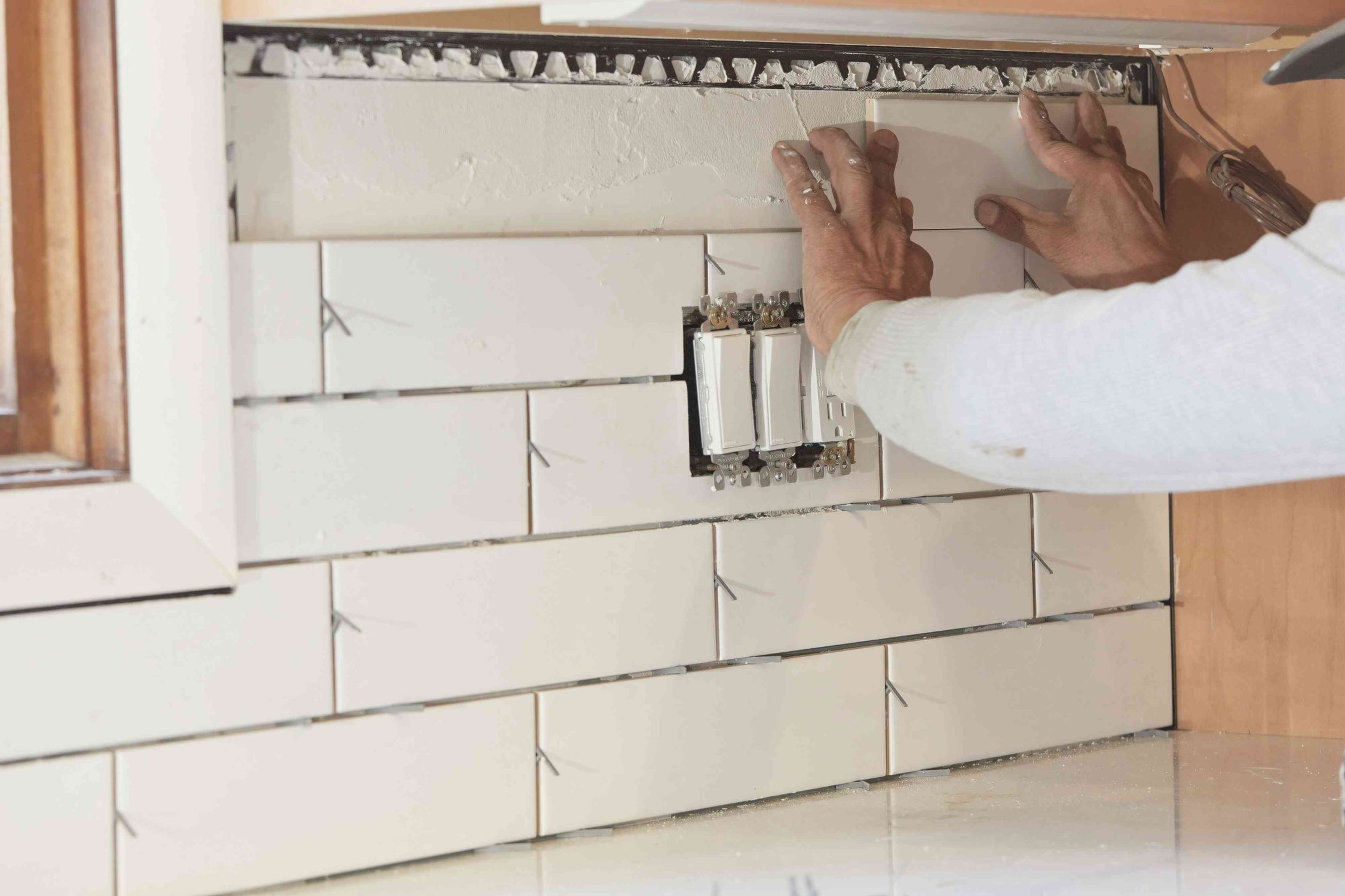
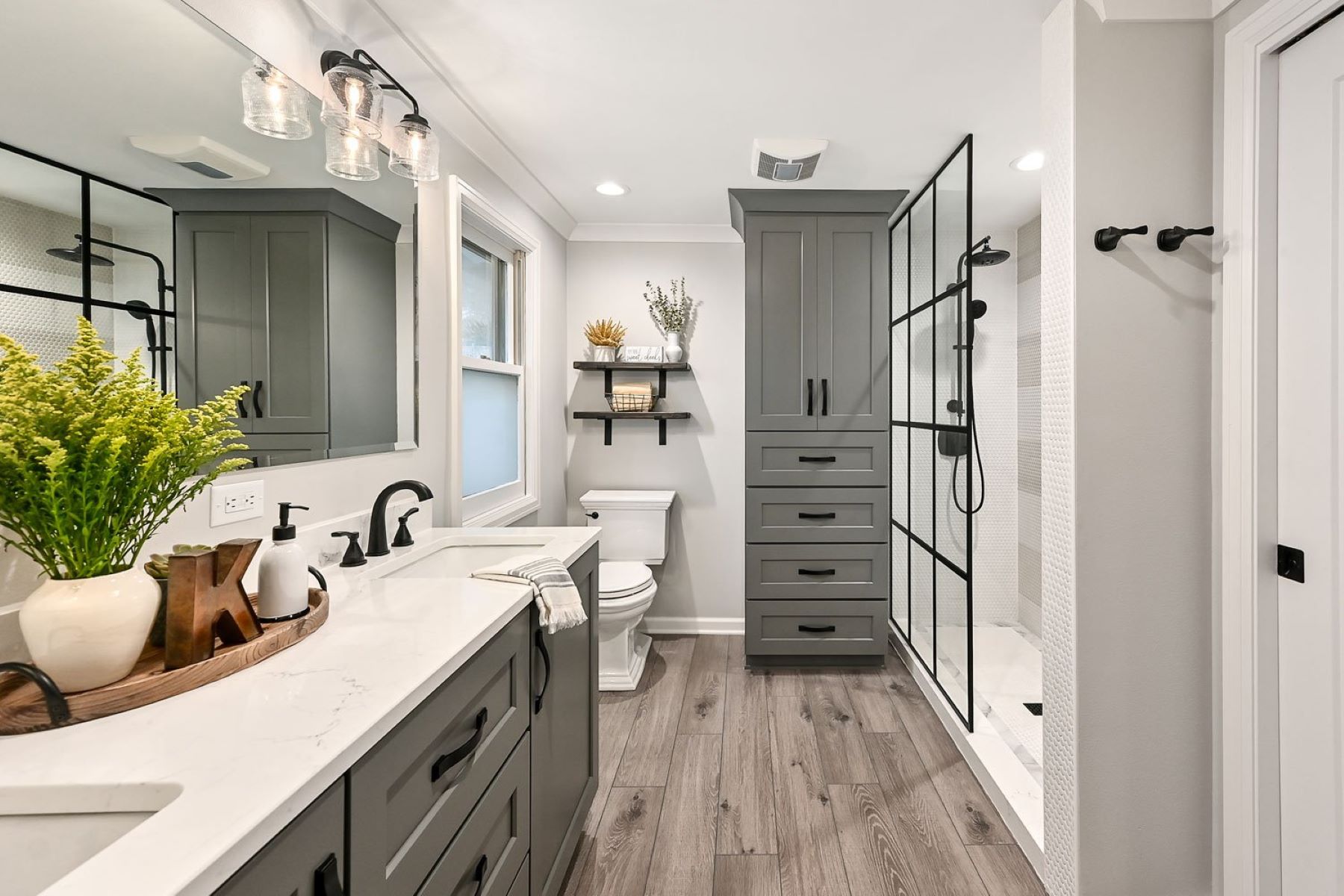
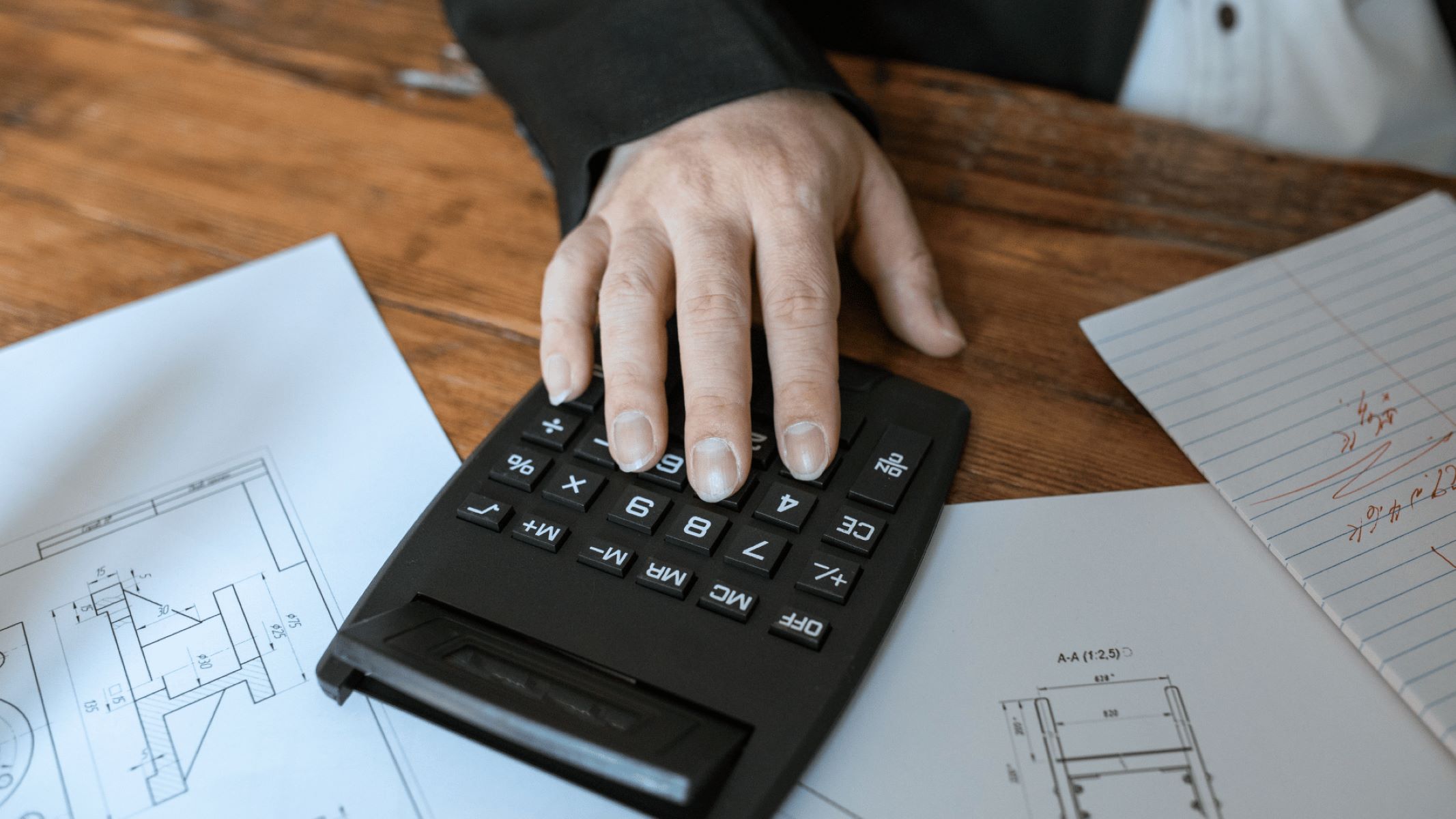

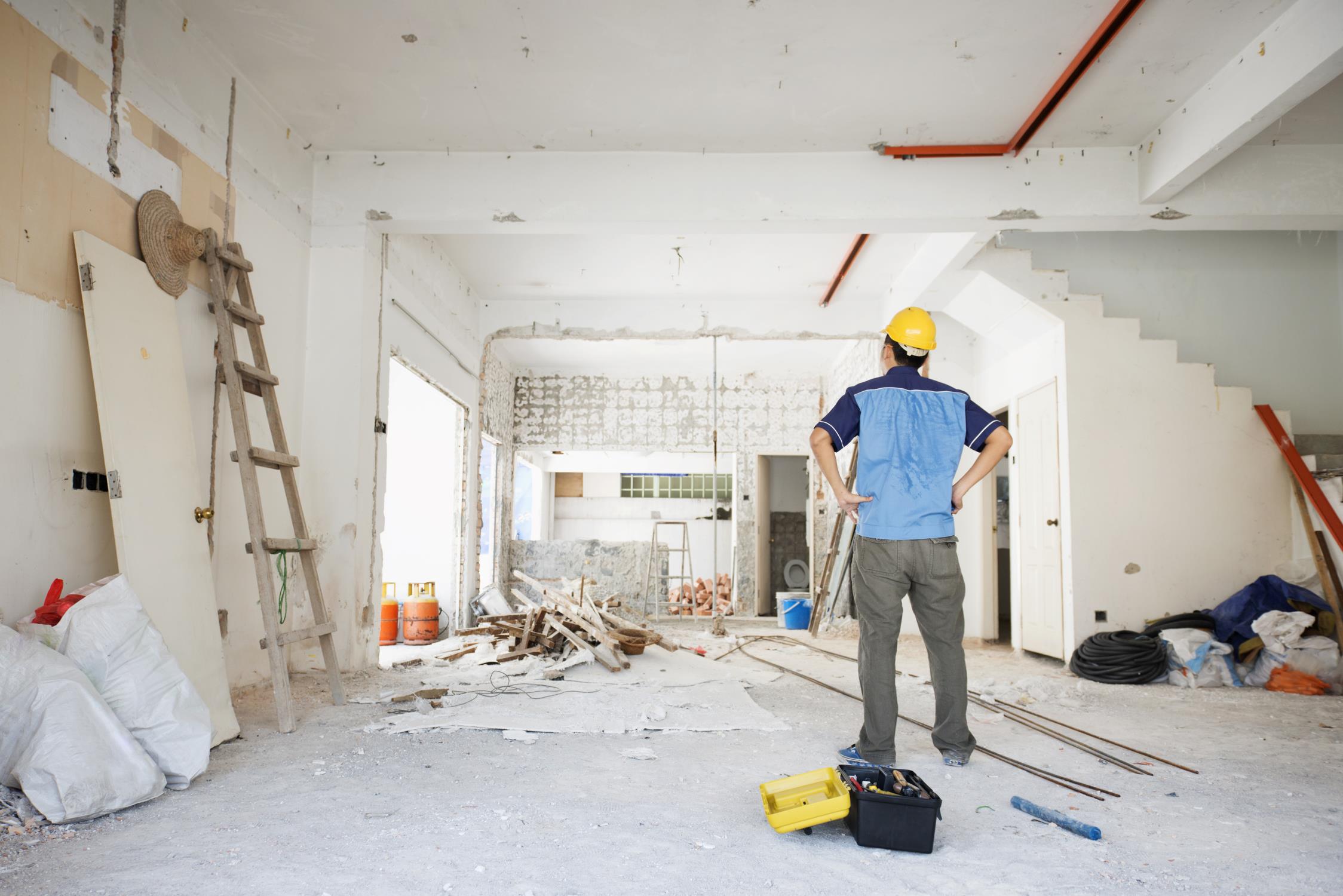
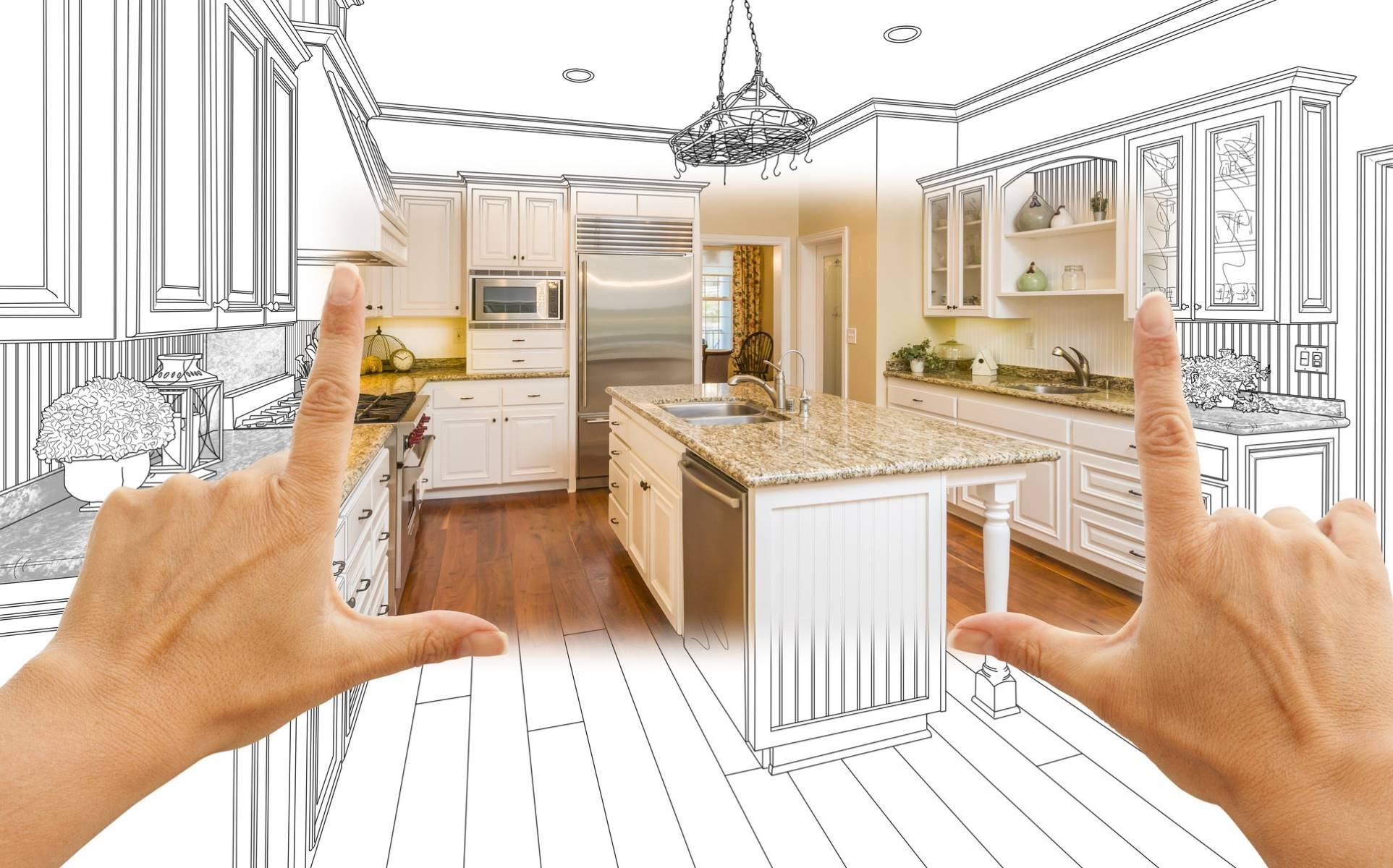
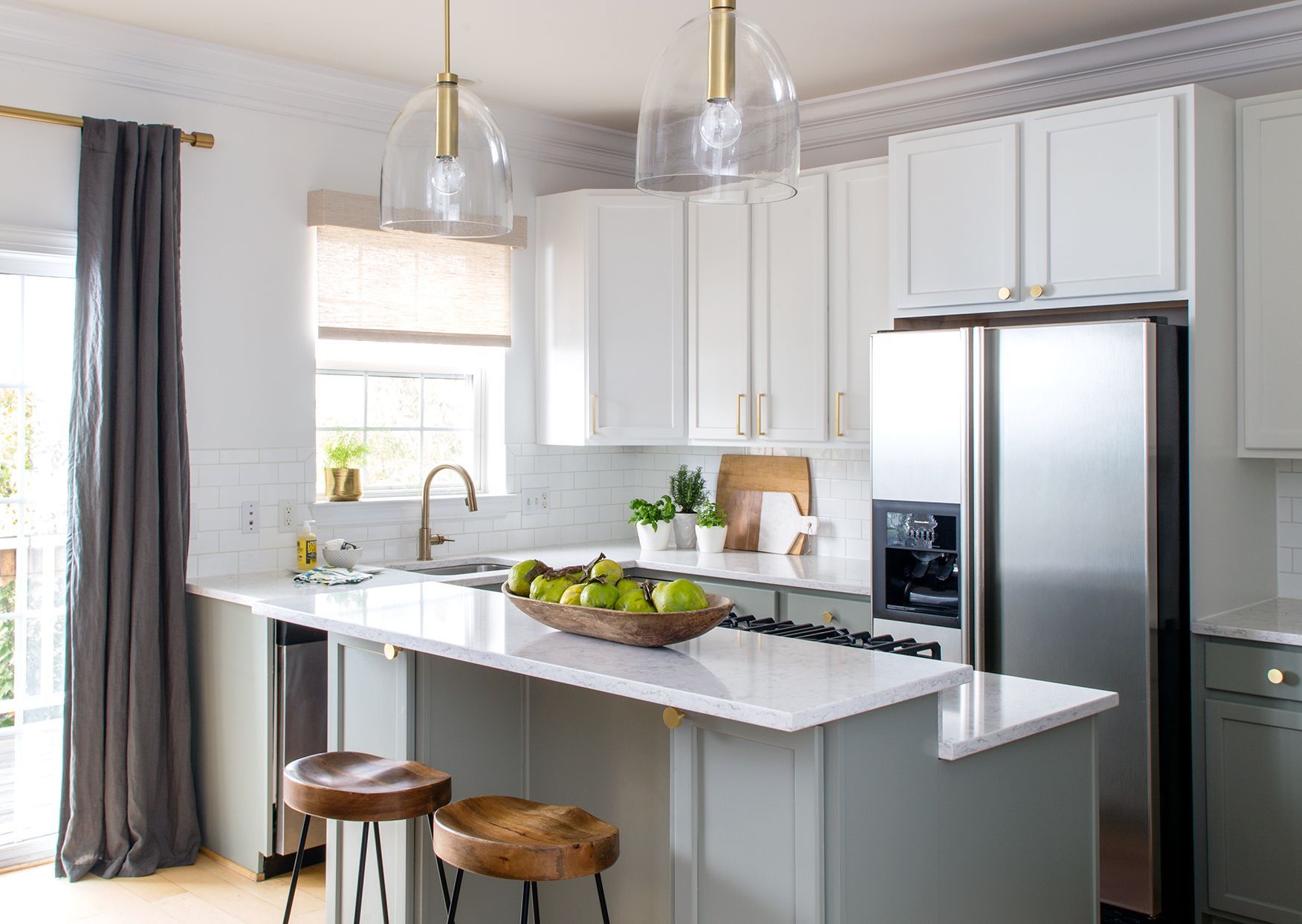
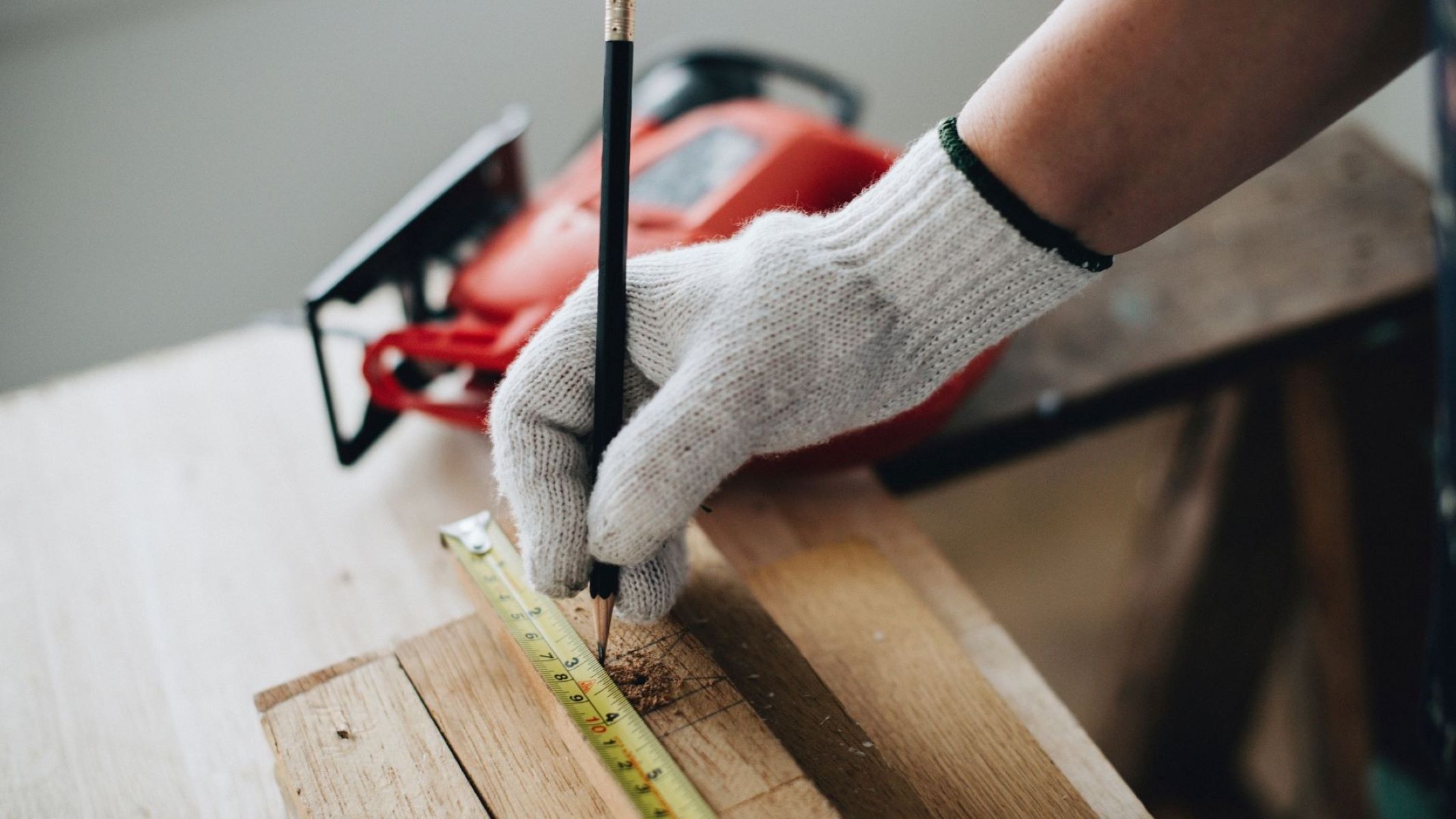
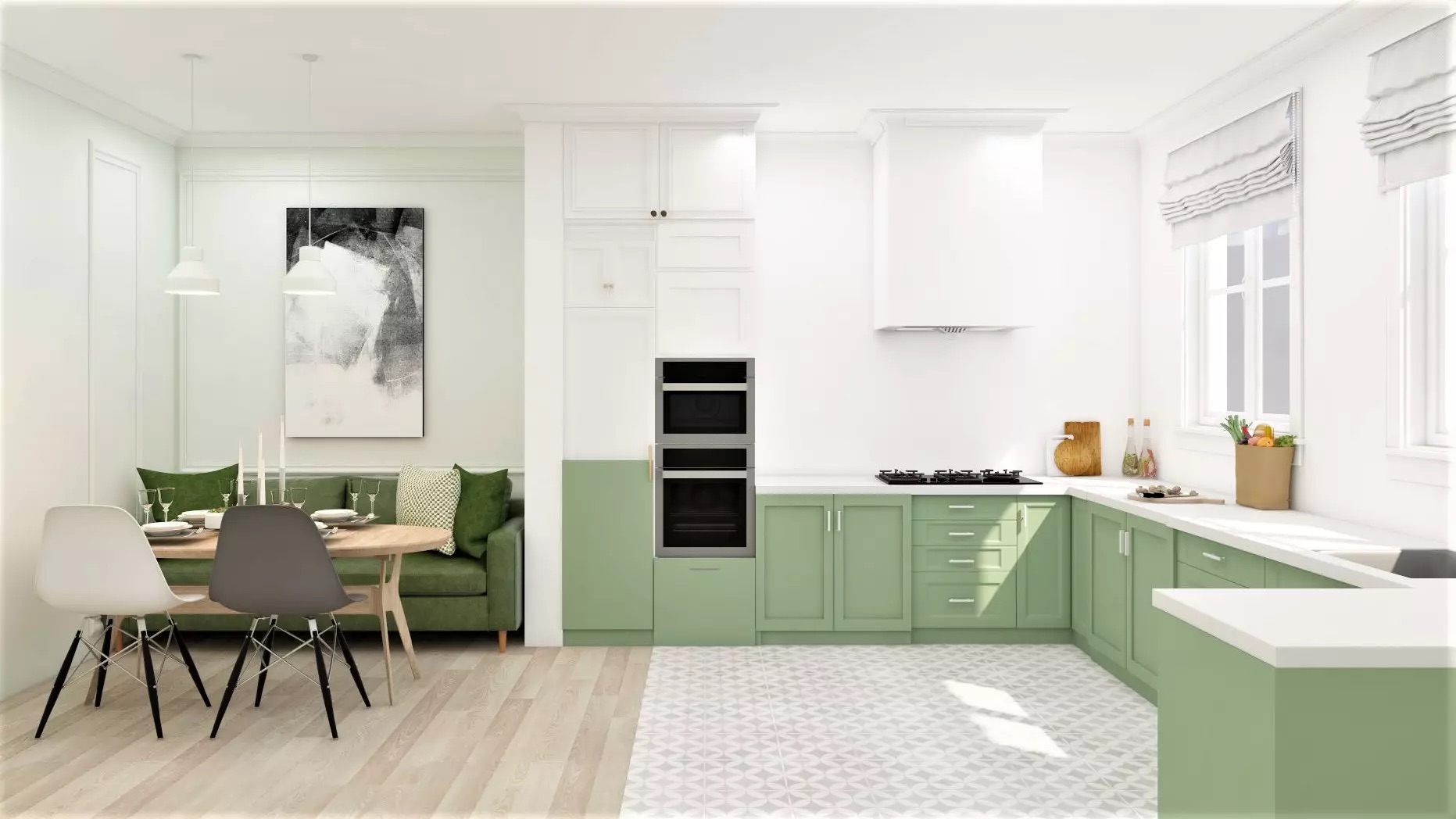
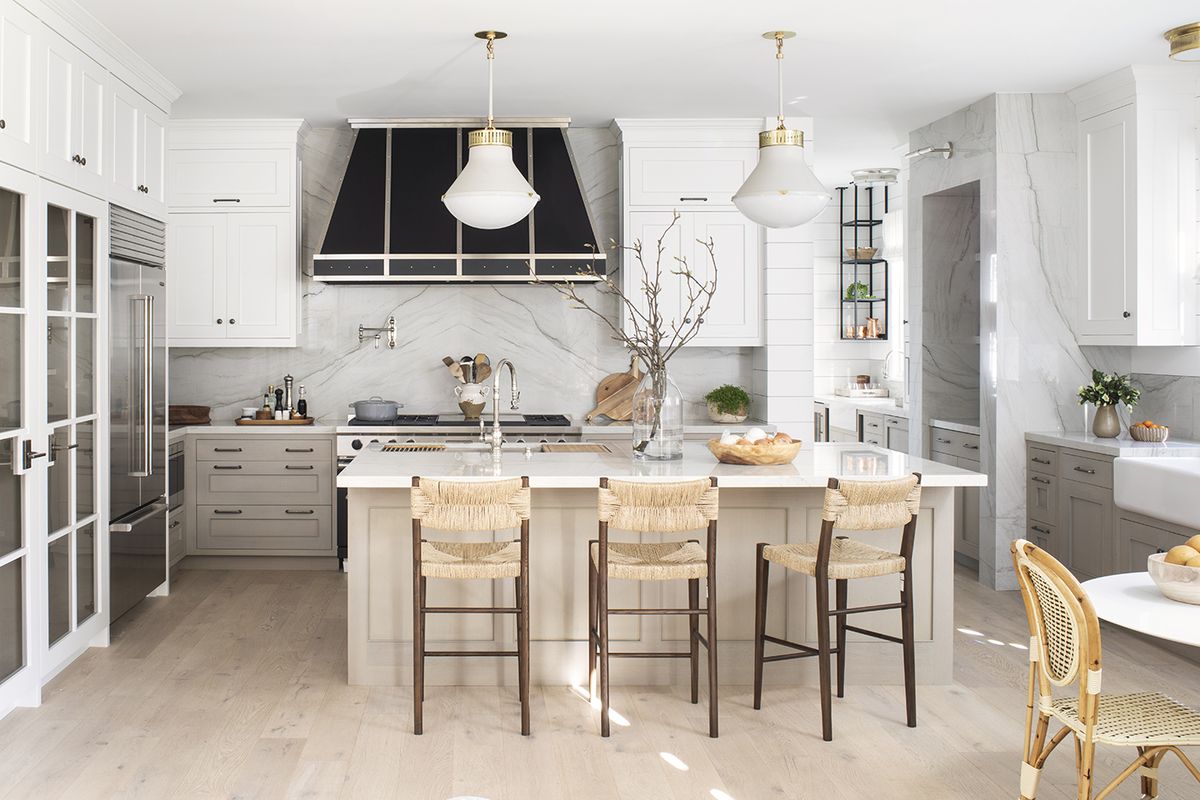

0 thoughts on “How To Remodel A Bathtub?”